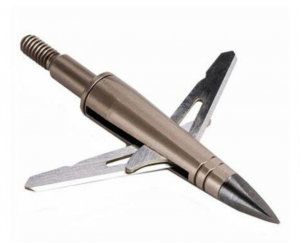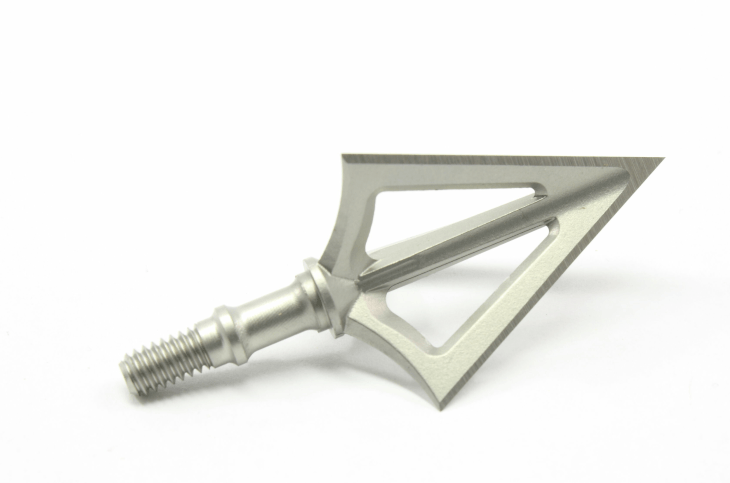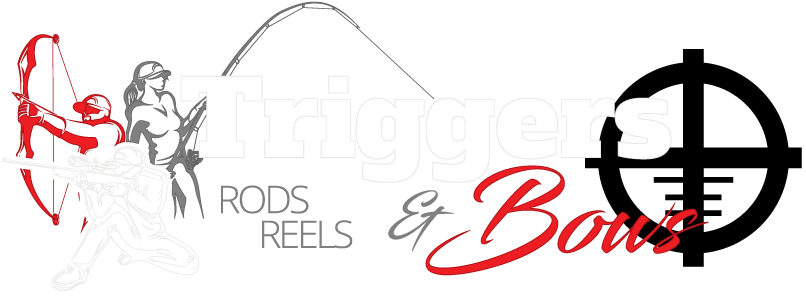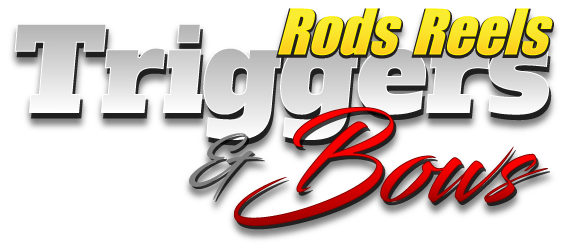Archery Point Types
Have you ever needed to look for arrow tips? Picking which ones to use can seem overwhelming when you first start comparing them. There are so many tips to choose from and each is slightly different from the next. It’s important to ask yourself what kind of tip is needed. Depending on what you’re doing, the type of tip may change. Combined with weight and size, every kind of tip excels at different activities. Today, we’re going to talk about the basic types of archery points, also called arrow tips, and when to use each kind.
We can break archery points down into three major categories: small game points, practice points, and broadheads. There is some overlap between small game tips and practice points. Some tips work for either activity, but other designs work best for a specific activity. To that end, we have created this basic guide to arrow tip types.
Practice Points and Small Game Points:
Practice/small game tips come in a variety of shapes and styles. Small game points are used most often when hunting small animals like rabbits or birds. Practice points are for different types of archery like 3D shooting and target archery. Some of the most common types of practice or small game tips are:

Bullet Points –
A classic style of tip often used for practicing archery. The tip is modeled after a traditional bullet shape. Bullet tips hold up well against repetitive target impacts. Their curved profile allows for easy removal from targets.

Target points –
These basic tips are simple, short cones that are used almost exclusively for target practice. Their pointed design makes them more aerodynamic than bullet points and provides deeper target penetration - perfect for target archery arrows.

Field Tips –
One of the most common types of tips used for small game and target practice, these tips flare into a wider shoulder near their base. This prevents arrows from getting stuck in the target. They offer more precision and penetration than bullet-type points.
Combo Points –
Combo tips combine elements of both the bullet and field tips to create a tip with a gentle radius broadening into a distinct shoulder near the base. These tips are well-liked by 3D and foam target shooters as they are easily extracted. They are proven to reduce aerodynamic drag in flight.

Pin Points –
The straight angle, tapering to a point on this tip, provides high penetration on tough targets. These tips enter straight and puncture deeply into the target. They are used mostly in high accuracy competitive archery competitions.

Bludgeon Tips –
These tips use energy transference as opposed to cutting action. These tips deliver a devastating impact on small game. Their flared heads prevent arrows from becoming hidden under the grass. They come in a variety of sizes and styles; some screw into the shaft and some slip on over the regular field point.

Blunt Tips –
Blunt arrow points are a simple cylinder shape without any tapering. They are similar to bludgeoning tips but aren’t as versatile. They are also used when hunting small game or small birds.

Bulge points –
These arrow tips are wider in the center than the arrow shaft. They hit hard and leave a good-sized hole. However, due to their design, they can be difficult to remove from some targets.

Judo points –
These special tips have spring-like arms that pop the arrow upright. These arms help prevent arrow loss while shooting in grassy or brush terrain. Judo points are generally for small game hunting. These arrows cause significant harm as the spring-like arms come into play.
Broadheads:
Broadhead points are hunting tools for taking down bigger game. The wicked blades that run along the sides of a broadhead point cut a bigger hole in the target. Broadhead points come in three varieties:
Fixed Blade –
This older style of broadhead is most often seen on lower weight bows or traditionalists bows. Depending on their style, fixed blade broadheads either glue directly to the arrow shaft or screw into place using an insert.
See our fixed blade broadheads
Removable –
These broadhead arrow tips are similar to the fixed blade; however, the blades are detachable. The individual blades are replaceable if they become damaged.
See our removable blade broadheads
Mechanical –
This newer style of broadhead springs open to its full size after being fired from the bow. These types of broadheads require a heavier bow, somewhere around 50 lb minimum. This ensures each shot has enough power to trigger the blades to open and snap into place.
See our mechanical blade broadheads
Broadheads may have other differences, like number and style of blades, type of mechanical system or type of tip. Broadheads have two major types of tips:
Cut on Contact –
Cut on contact points are incredibly sharp. These tips slice through thick hide and sinew. The blades flare out from the tip, transferring that clean cutting power through the entire arrow tip.
Chisel Points –
Chisel points give great smashing power, helping to break through the bone on large targets. The blades of the broadhead sit behind the chisel tip. This allows the blades to continue cutting as this hard-hitting tip clears their path.


Things to Remember:
Just like how you have a preference for bow types like recurve bows or compound bows, you will also have a preference for different arrow tips. You may need to try a few to decide which tip works best for you. Your preferred tip is likely to change depending on the type of game you are hunting.
In addition to picking the right style of point, it is important to make sure you have the right size and weight of point. Remember that aluminum arrows and carbon arrows will have different diameters and weights. Ensure you have the right tip attached for your shaft. The base of your tip should always be flush to the arrow shaft. When your arrow shaft and tip have different diameters, this could cause a snag inside the target. This lip could cause damage to the shaft or arrow tip. It is also essential to check that your tip grain (weight) and arrow spine are correct for the poundage of your bow. The wrong weight and spine can lead to broken arrows or damaged bow limbs.
If you need any help determining what grain you need for your tips, or how strong the spine of your arrow should be, give us a call. We’ll be happy to help you get set up in style. Our archery experts ensure that your equipment is correctly calibrated for all your archery activities.



